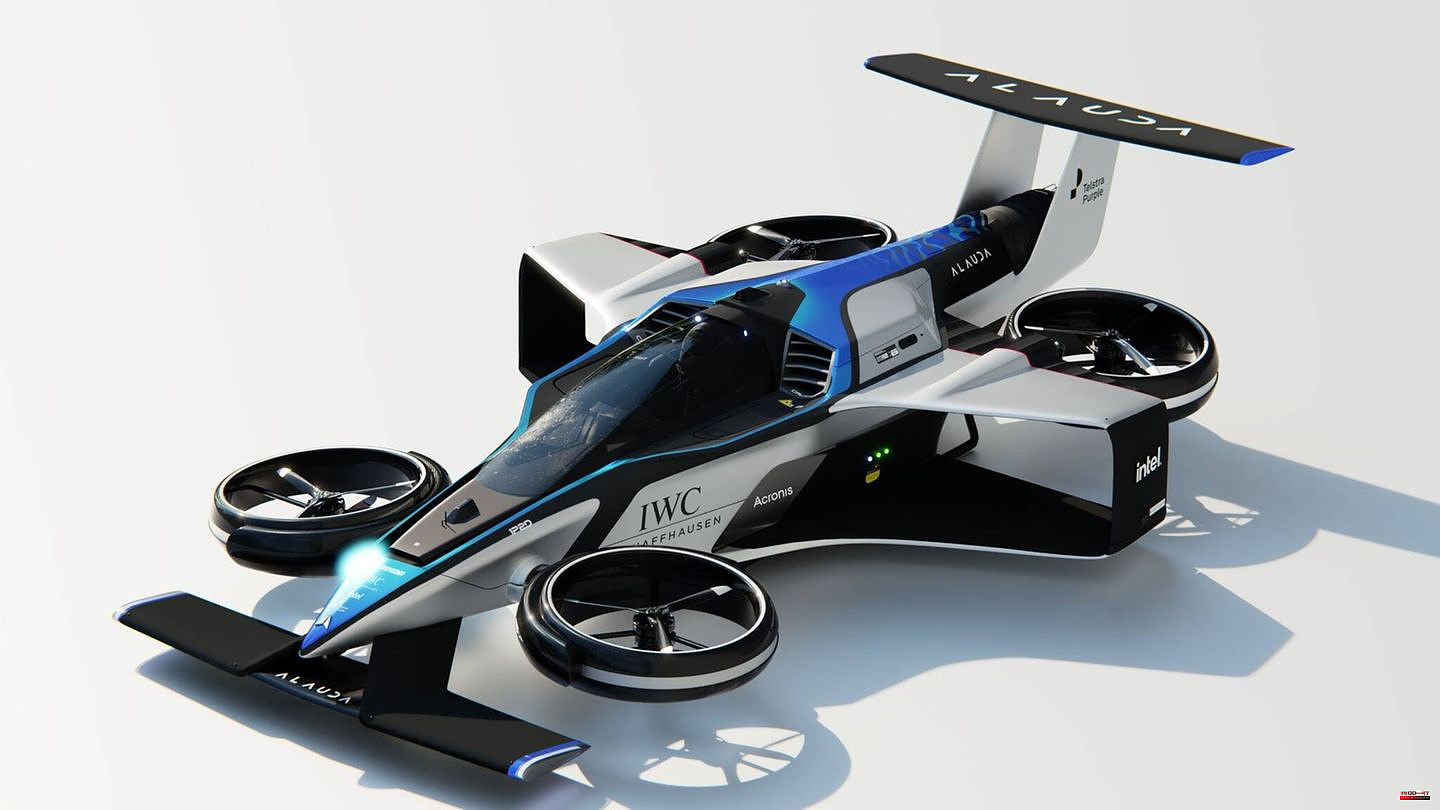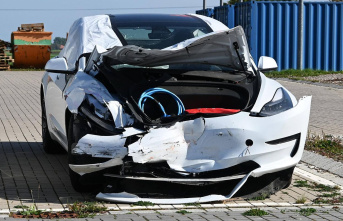Powerful racing cars with electric motors are by no means unusual these days – but flying racing cars are. But that should change soon. With the Airspeeder Mk4, Alauda Aeronautics presented what they claim to be "the first flying racing car with a crew" this week. Visually, it is clearly similar to a Formula 1 car, but instead of wheels, the racing plane has propellers and a turbine in the rear.
The electric vertical takeoff and landing aircraft eVTOL (Vertical Takeoff and Landing) with hydrogen drive and an output of 1340 hp should be able to reach a top speed of 360 km/h in 30 seconds from a standing start. This should make it faster than any other aircraft of its kind. At the same time, the Airspeeder Mk4 is said to be extremely efficient thanks to its "advanced aerodynamics". According to the manufacturer, the 950-kilogram aircraft has a range of more than 300 kilometers.
The Airspeeder Mk4 is the fourth generation; its predecessor, the Mk3, was the company's first flying electric race car - albeit unmanned. In 2021, the company's own "EXA" racing series started with four teams and two pilots each. They controlled the aircraft from a simulator cockpit on the ground. "Robot aviators" imitated the movements of the pilots.
Technology with artificial intelligence is now supposed to generate the driving characteristics of a Formula 1 car. As early as next year, the aircraft developed in Adelaide, South Australia, is scheduled to start racing in competitive sports - manned for the first time. The company speaks of the "next generation of motorsport".
Alauda Aeronautics is not the only company involved in the development of flying cars. For example, the US manufacturer Aska presented the prototype of a vehicle with the A5 at the CES in Las Vegas at the beginning of January. The eVTOL vehicle has an electric and a petrol engine as a so-called range extender. It should be able to fly as well as drive. The company's goal is for the four-seater to be approved for the Autobahn at a speed of around 110 km/h. The market launch is planned for 2026.
The Chinese Xpeng Aeroht also wants to bring a two-seater flying car onto the market – albeit for getting around in town. Here you can read more about it.
Sources: Airspeeder, Aska








